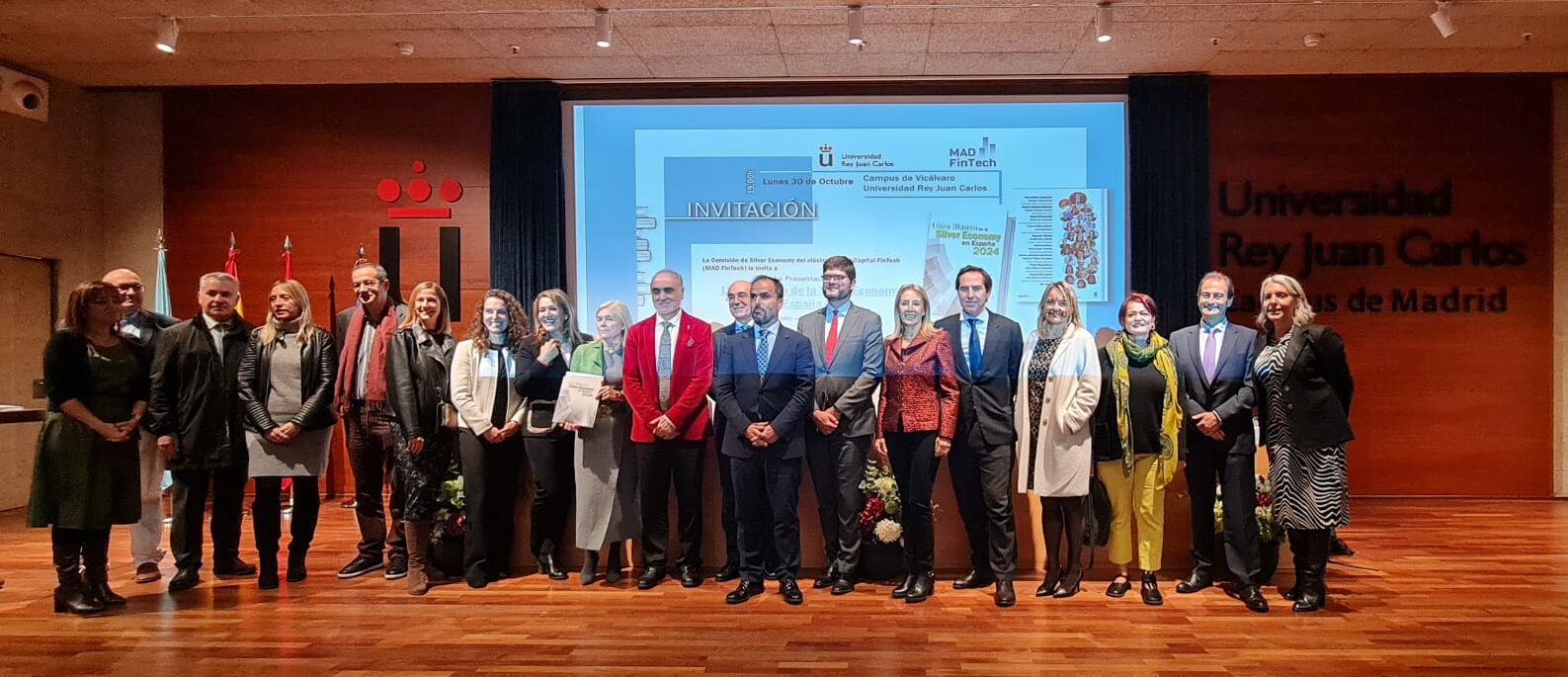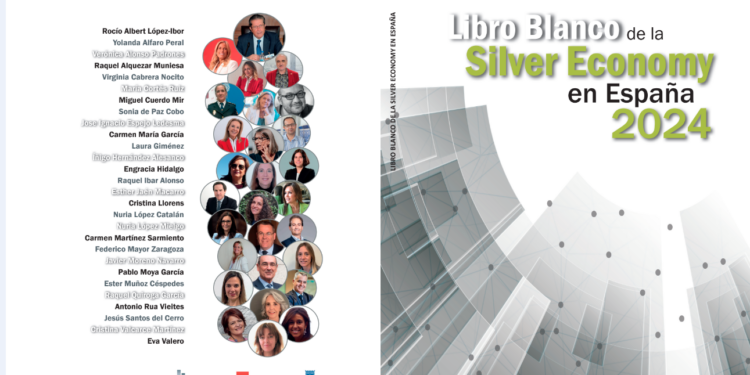The Silver Economy ‘conquers’ the insurance world
By Miguel Angel Ossorio
The Silver Economy represents the population aged over 50. It is the economy of the greying population, comprising one-third of Spain’s population that manages two-thirds of the Gross Domestic Product (GDP). This influence is amplified when considering that Spain is the most aged Western economy and the largest receiver of senior population in Europe, attracted by its purchasing power (retirees and wealthy individuals) or availability post-retirement.
The insurance sector has been one of the first to identify this opportunity, working on new value propositions for seniors. It’s known as the Silver Economy, a way of approaching traditional businesses for a demographic of over 9 million people in Spain, demanding personalized attention and products catering to their specific needs.
Read more: Ecofin Awards Night: Recognizing Finance Excellence and Economic Innovation
Individuals aged 65 and above continue to gain influence in Spanish society, representing a robust group in absolute numbers. With over 9 million people surpassing 65 years in Spain, accounting for 19% of the total population, as per Imserso data, this number is expected to grow in the coming decades. It’s anticipated that one-third of the Spanish population will be over 65 in the near future, presenting business opportunities that many companies are beginning to explore.
The keys to the Silver Economy
The ‘White Paper on the Silver Economy in Spain 2024’ is the most extensive research on this phenomenon published in Europe to date. It compiles analytical perspectives from about twenty university researchers and an equal number of companies from different sectors. This initiative, led by the Rey Juan Carlos University and the Madrid Capital FinTech (MAD FinTech) cluster, serves as a foundation for understanding the Silver Economy phenomenon. Spain aims to lead in this area, partly due to its demographic characteristics—it’s not only one of the countries with the highest life expectancy globally and the highest in the European Union, with an average of 83 years but also experts predict it will be the world’s longest-living country by 2050, surpassing Japan.

Currently, Spain is a haven for retirees worldwide, often Europeans, choosing to retire here for the climate, quality of life, or lower prices than in their home countries. This contributes to the Spanish economy, benefiting directly from the monetary flow.
Read more: Spain’s Extremadura Champions Million-Euro Project to Drive SME Innovation in EUROACE Region
With this landscape, many companies have embraced the Silver Economy, considered “the acknowledgment that seniors are an essential group for businesses, as they will become one of the pillars of the business in any sector,” explains Salvador Molina, president of the MAD FinTech cluster.

Securing seniors
One of the sectors actively working in the Silver Economy is insurance. “The insurance sector works to prevent accidents and respond if they occur, and the senior community is very sensitive to this need to be protected on different fronts,” explains Cristina Llorens, Business Development Director of the Insurance Development Institute. This company has focused its proposal for seniors on advising and accompanying its clients—issues of great importance for an audience that doesn’t reject new technologies but demands face-to-face personal attention. “In a society where we increasingly see more automation, leaving many seniors behind who cannot keep up with unbridled digitization, we, without renouncing technology, reintroduce the human factor into the insurance world to position ourselves alongside each person, make proposals adapted to their needs, and respond when they need to solve their problems,” explains Cristina Llorens.
Read more: Kenyan Exporters Secure Permanent Duty-Free Access to EU Market
What more and more seniors are also demanding is new ways to manage their money. In Spain, 83.2% of people between 65 and 74 years old own a home, according to a report by the Bank of Spain. Among those over 75, the percentage of homeowners is 0.2 points higher. They are up to 10 points above the average homeownership rate in Spain, which was nearly 74% in 2020. “There is more than €700 billion saved in homes by those over 65 years old in Spain,” explains Íñigo Hernández Alesanco, Business Development Director of Óptima Mayores. This phenomenon, where a reverse mortgage “would allow ‘freeing up’ a significant part of that savings to supplement income in retirement,” adds.

What is the Reverse Mortgage?
This investment product allows for additional income derived from a owned property. The property is mortgaged without losing ownership or usufruct to obtain a monthly income that complements the pension. In Spain, the average retirement pension is €1,425 per month, according to the latest available data from 2023—slightly higher than the minimum wage (€1,080 per month) and almost double the average widow’s pension, which barely exceeds €850. But with an inflation rate exceeding 3% (specifically 3.2% in November 2023) and many seniors with dependents, housing and reverse mortgages become a refuge that also doesn’t compromise inheritance: upon the owner’s death, heirs can settle the debt or hand over the property as payment. It is an “excellent formula for liquefying real estate wealth,” explains Nuria López Catalán, director of Cross-Services and Reverse Mortgage at Caser, one of the insurers offering the most products and services to seniors.

In this sense, insurance and financial companies have the great challenge of continuing to promote these products. But also, to explain them to a population that, at times, may be wary of them. Starting with the name. “It is vital, for the market to develop correctly, to offer independent and specialized advice on the contracting of these products, including, among other things, a comparative study of the available alternatives,” adds Hernández.
Read more: Top 10 African Countries With The Most Automobiles
Seniors demand a person-to-person approach, and this dynamic could soon extend to other age groups, completely revolutionizing customer and company relationships to combine automation and human interaction for the first time in many years. Born from the Silver Economy, this demonstrates the almost central role of this economy of seniors in the future of business in an increasingly aging society.
Miguel Angel Ossorio is a technology journalist, holding the position of Chief Editor at Foro ECOFIN, and contributing content to several websites and publications.









